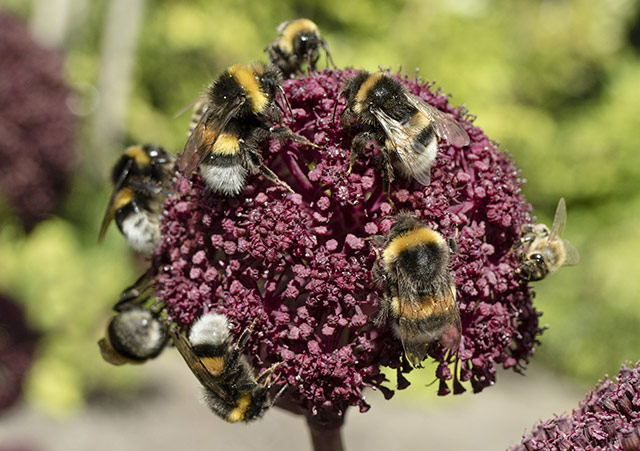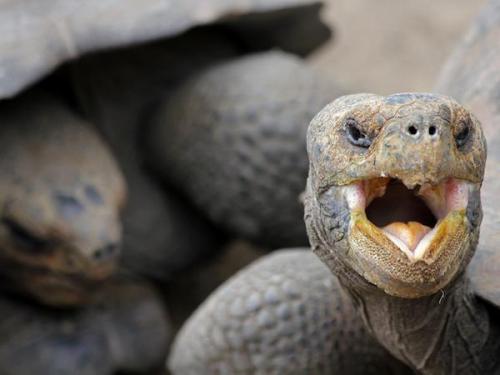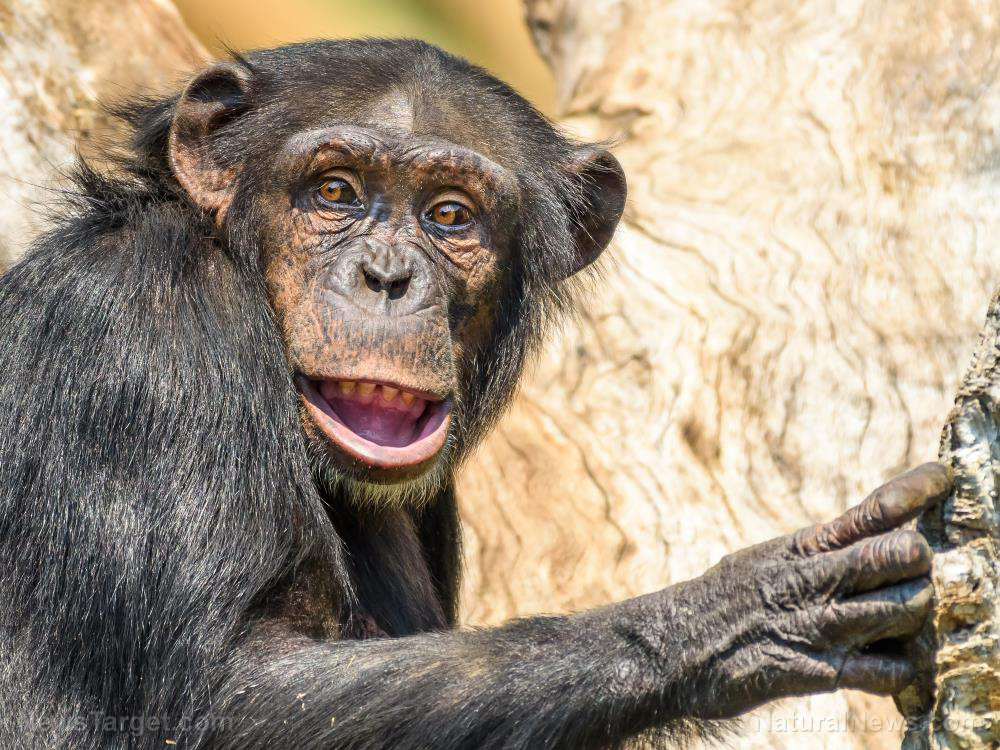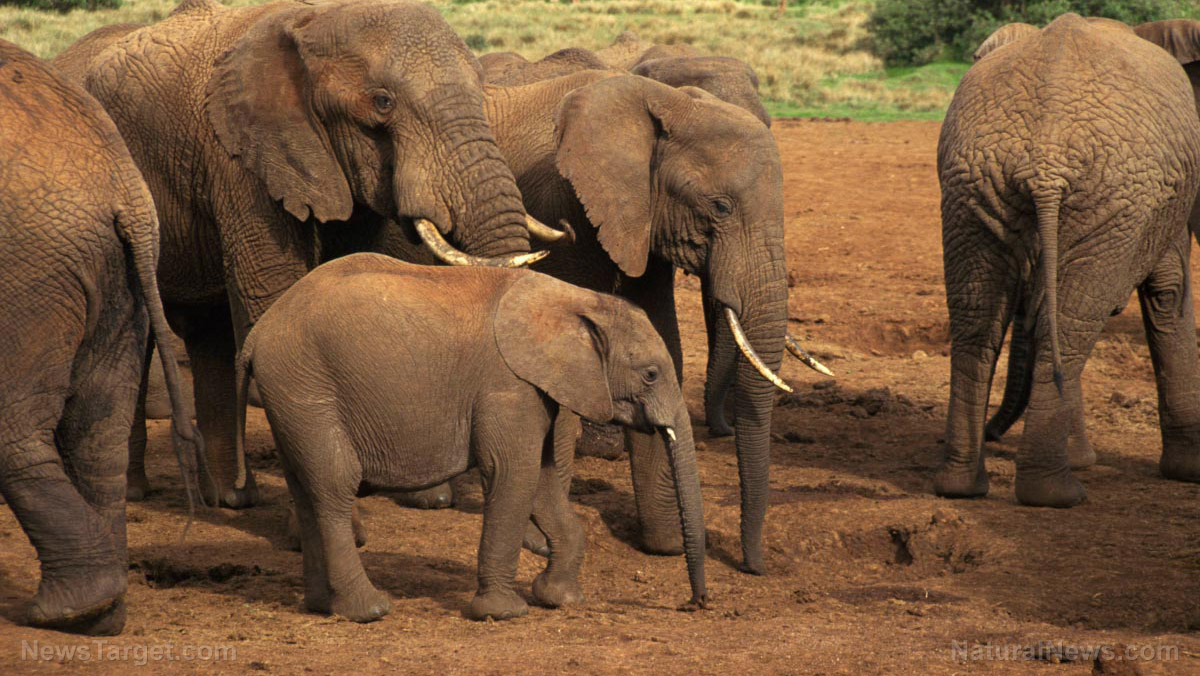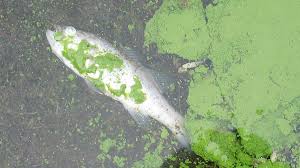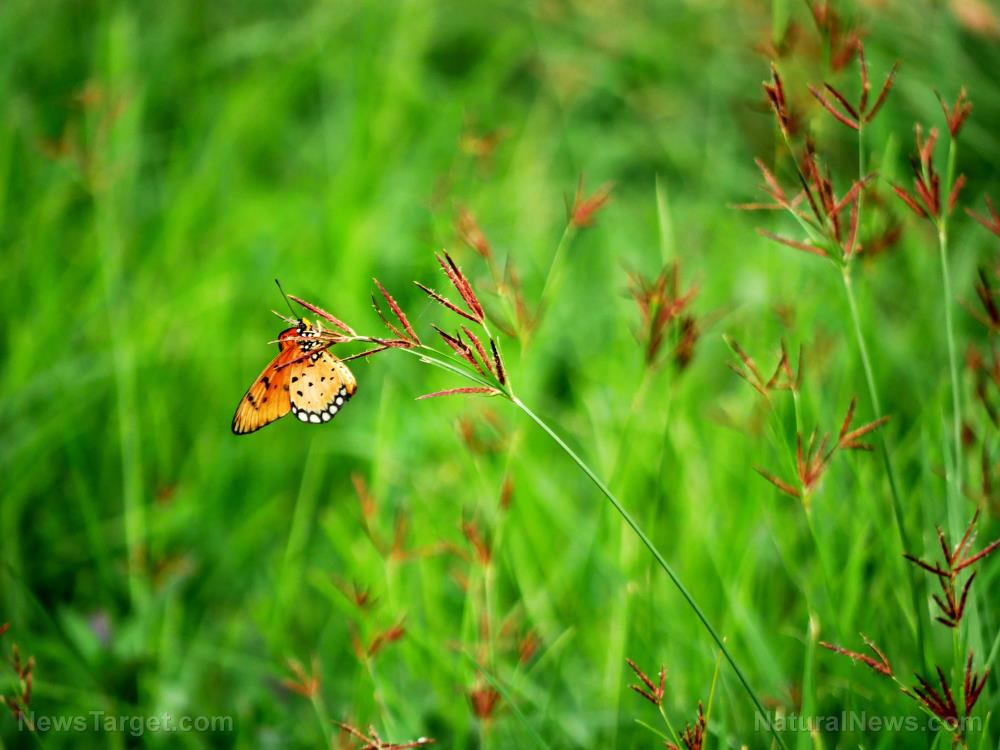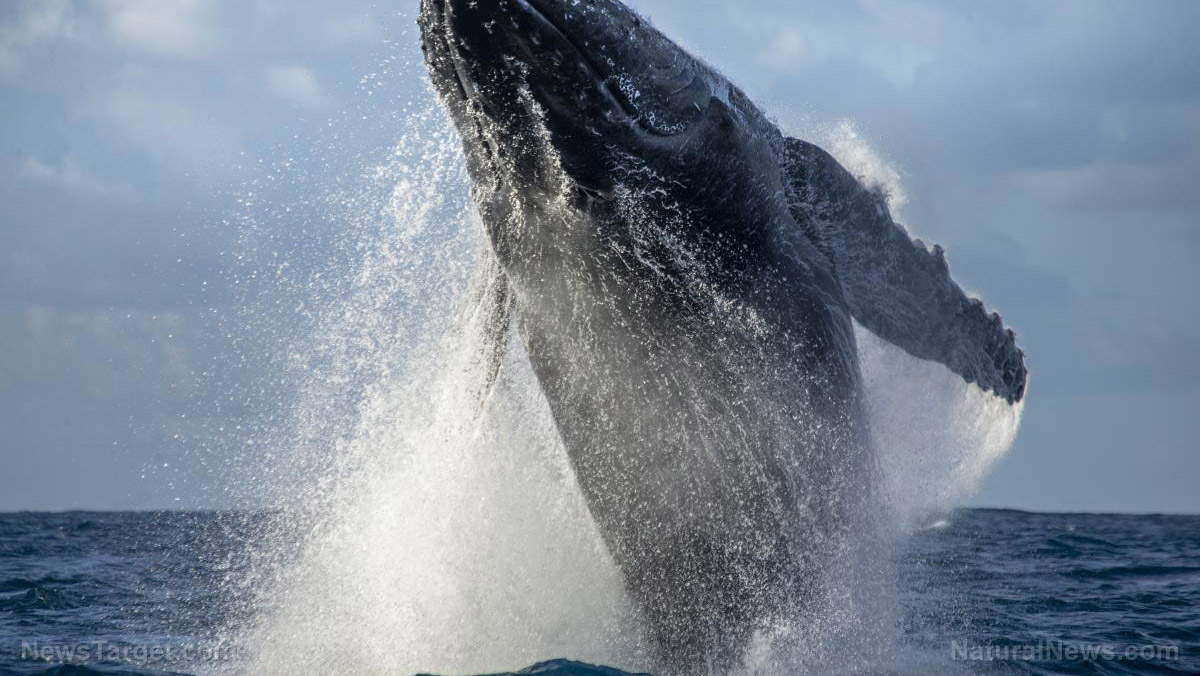Heatwave upside: Butterfly populations bounce back in the U.K. after last year’s warm weather
08/28/2019 / By Isabelle Z.
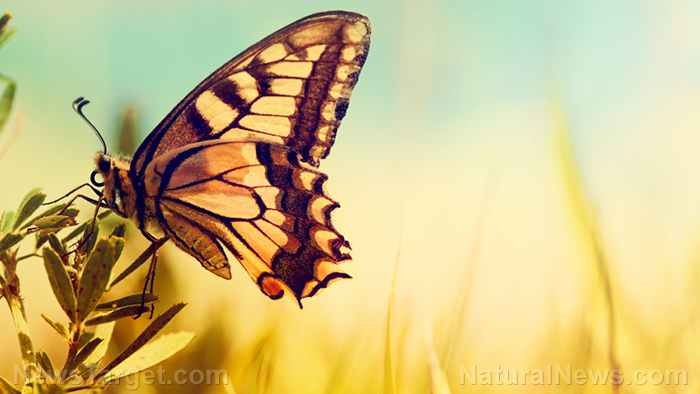
Many of us are ready to say goodbye to the hot summer weather, but there is a big upside to the heat waves we’ve been seeing in recent years as butterfly populations have bounced back in a big way in the U.K.
In fact, data provided by the country shows that more than two thirds of the species studied there have seen rises in their numbers, with some varieties noting their highest populations in the last 50 years. For example, the very rare black hairstreak and large blue butterflies saw their best year since the records were started in 1976, thanks largely to the warm and sunny weather in the summers of 2018 and 2019.
Several species experienced significant rises in population over their 2017 numbers, with the aforementioned black hairstreaks going up by more than 900 percent and the purple hairstreak climbing by 184 percent. Large heath butterflies saw their populations increase by 161 percent, while the heath fritillary and small white butterflies noted rises of 161 and 155 percent, respectively. The Duke of Burgundy butterfly, which had been facing long-term decline, was finally able to note a stabilization thanks to a combination of the favorable weather and intensive conservation efforts.
Ups and downs part of natural ebbs and flows
Although the upturn was significant, 2018 was nevertheless seen as an average year in terms of butterfly numbers overall. It’s also worth noting that not all types of butterflies benefit from the heat, with grassland butterflies suffering as drought dried out caterpillar food plants. In addition, Essex skippers, small skippers and gatekeepers all experienced declines. Other common butterflies that dropped in numbers included peacock butterflies, red admirals, and small tortoiseshells.
Overall, two thirds of butterflies are showing negative trends in the long term, which means there is still a lot of work to be done when it comes to restoring their populations. Nevertheless, the improvements that some species have seen over the past two years are very encouraging at a time when butterflies, bees, and other insects are experiencing mass die-offs across the planet.
The data used to reach these findings comes from the British Trust for Ornithology, the Butterfly Conservation, and the Centre for Ecology and Hydrology.
Experts say that everyone can do their part to help encourage butterflies to proliferate by leaving parts of their yard unmown and planting native species of wildflowers. It’s also important to avoid using pesticides in your home garden; stick to natural pest control methods to help preserve butterfly populations.
This turnaround in butterfly populations is just one of many examples illustrating the cyclical character of Mother Nature. Some years are hotter than others, just as some days are hotter than others. While pollution doesn’t help the environment, it’s important to keep in mind that a lot of the temperature changes we’ve experienced in recent years are part of the natural climate cycles that have been seen on the planet for thousands of years. The climate ebbs and flows, and the natural world can correct itself when we let it simply take its course.
Sources for this article include:
Tagged Under: biodiversity, butterflies, butterfly population, climate change, climate cycle, climate science, cycles, Ecology, environment, extinction, Mother Nature, nature, weather, wildlife conservation
RECENT NEWS & ARTICLES
COPYRIGHT © 2018 EXTINCTION.NEWS
All content posted on this site is protected under Free Speech. Extinction.news is not responsible for content written by contributing authors. The information on this site is provided for educational and entertainment purposes only. It is not intended as a substitute for professional advice of any kind. Extinction.news assumes no responsibility for the use or misuse of this material. All trademarks, registered trademarks and service marks mentioned on this site are the property of their respective owners.






